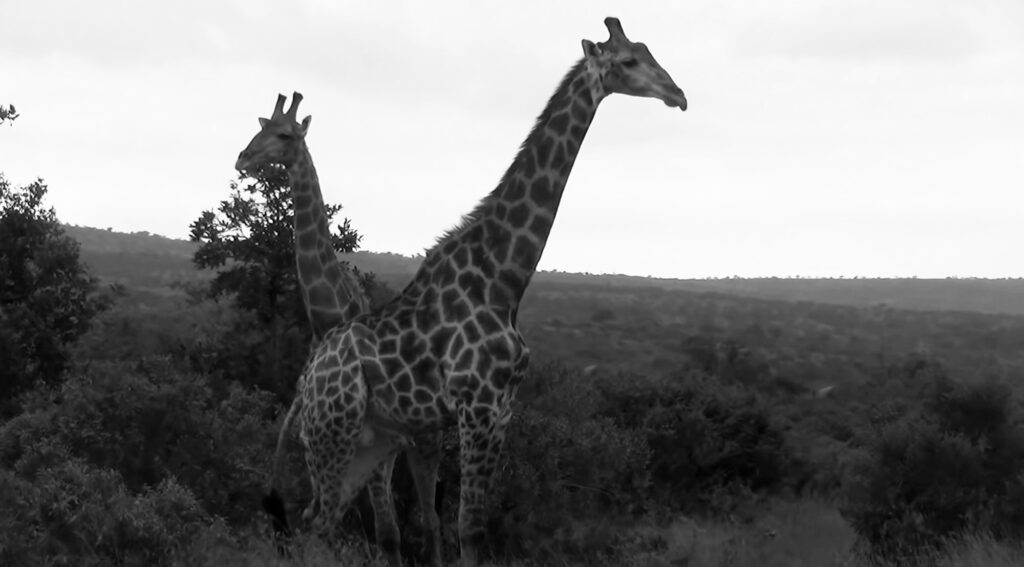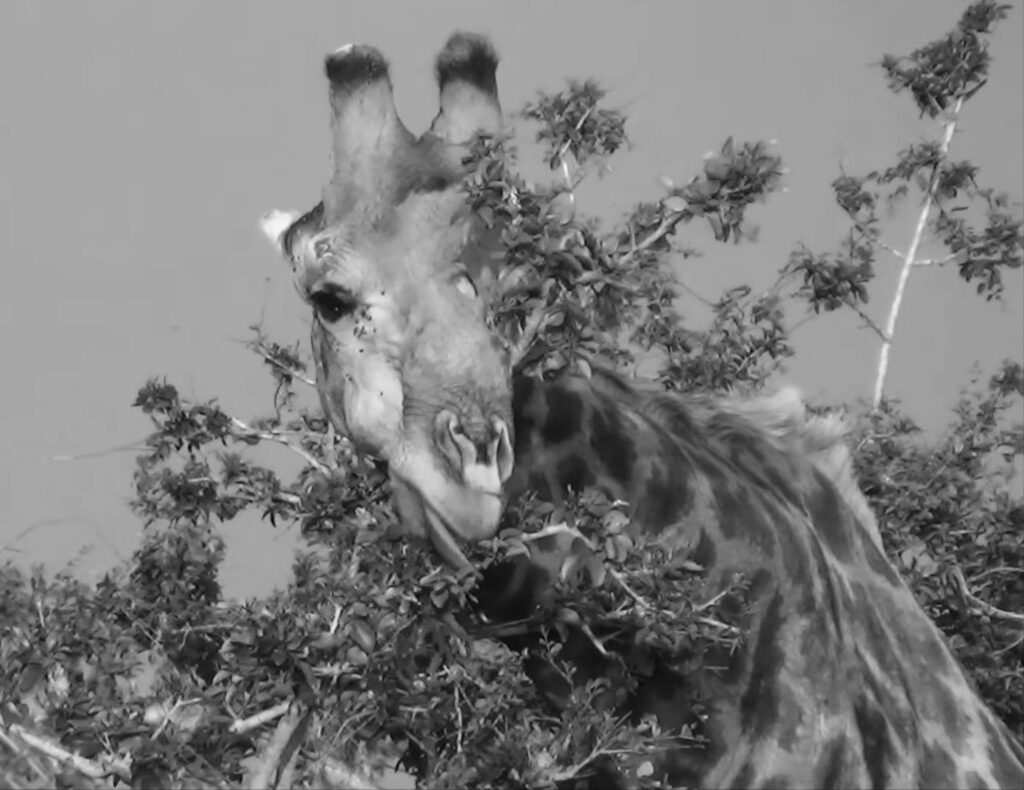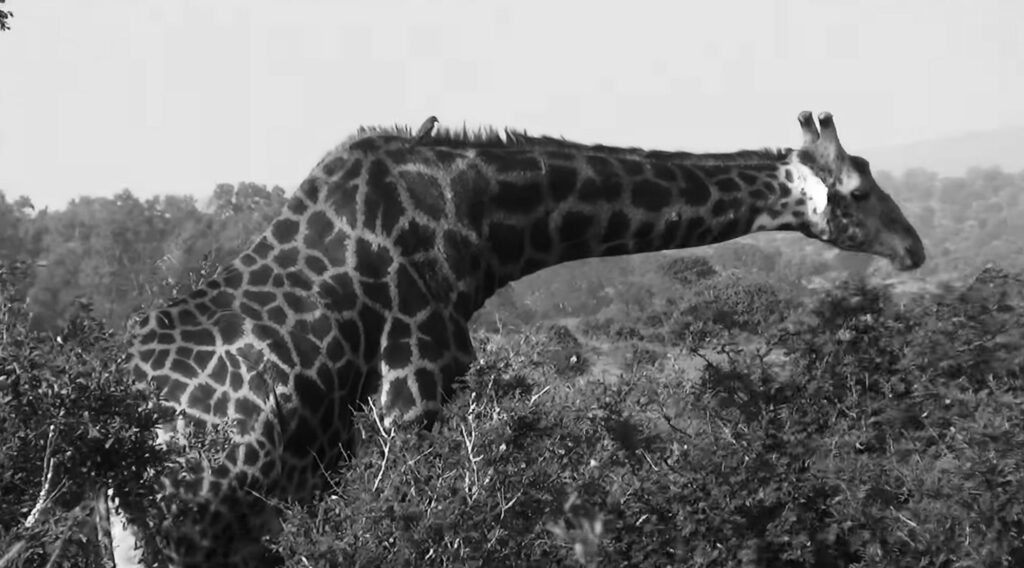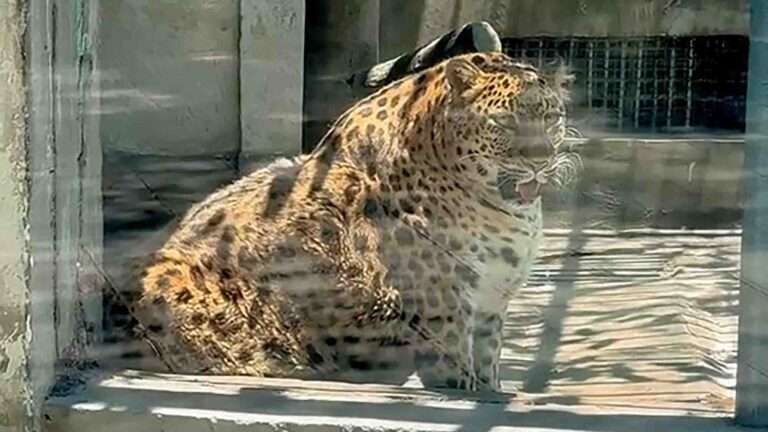Tall giraffes whose horns turn them into living lightning rods are facing an increasing threat as strikes are becoming more frequent due to global warming.
South African conservation scientist, Ciska Scheijen, has published a paper centred on two giraffe lightning strike deaths at Rockwood Conservation, Northern Cape, that happened 29th February.
In her year-long study, published in the African Journal of Ecology, she warned that the height of giraffes and the two ossicones (horns) on their heads act as biological lightning rods.
This is a serious threat to the species as the number of strikes also increasing because of global warming.
Currently, there are around 25 million lightning strikes per year however climate researchers predict that this will increase by about 12 per cent for every degree of rising in global average air temperature.
According to the National Oceanic and Atmospheric Administration agency, the average global land and ocean surface temperature for January to August 2020 was 1.03°C (1.85°F) above the 20th century average of 14.0°C (57.3°F).

Giraffes are also known to be herd animals, meaning that one strike could kill multiple animals, as was the case with the two young giraffes featured in the study that were found just metres apart following a storm.
Scheijen and Rockwood ranger Frans Moleko Kaweng found a large fracture on the older giraffe, believed to be five years old, where its ossicone met the skull, but no other injuries.
The second younger giraffe found seven metres (23 feet) away, is believed to have died from the proximity effects of the strike according to Scheijen.
They also reported a strong smell of ammonia and that the bodies were not scavenged after 36 hours, similar to findings of a 2014 giraffe strike study.
Scheijen told IFL Science: “If [giraffes] are the highest point in the vicinity, then chances may be high enough that they are the ones at greatest risk in the area of getting struck by lightning.”
Scheijen has previously observed that giraffes will walk around 13 per cent shorter distances during rain and are likely to seek shelter which could indicate that they adjust their behaviour to the weather.


Giraffe chewing on some leaves 
Giraffe chewing on some leaves
To find out more about the author, editor or agency that supplied this story – please click below.
Story By: Lee Bullen, Sub-Editor: Joana Mihajlovska, Agency: Newsflash
The Ananova page is created by and dedicated to professional, independent freelance journalists. It is a place for us to showcase our work. When our news is sold to our media partners, we will include the link here.




